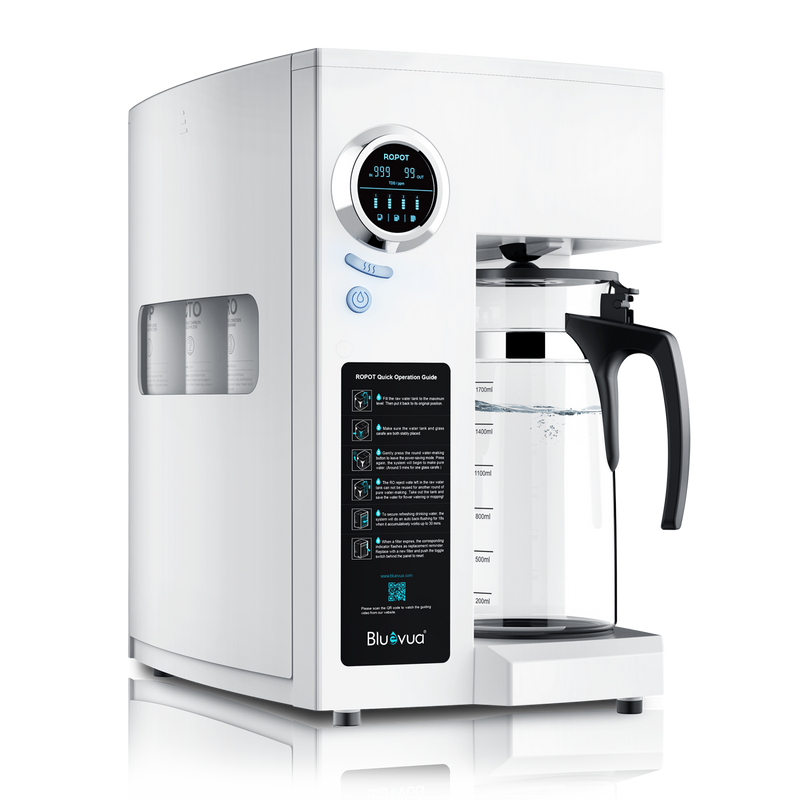The Science Behind Reverse Osmosis: How It Purifies Your Water
Body
Water is essential for life, and ensuring its purity is crucial for health and well-being. One of the most effective methods for purifying water is through a reverse osmosis water filter. This article delves into the science behind this technology, explaining how it works and why it is a popular choice for households worldwide.

What is Reverse Osmosis?
Reverse osmosis is a water purification process that uses a semi-permeable membrane to remove impurities from water. This method is particularly effective in eliminating contaminants such as salts, bacteria, and other harmful substances. But how does it work?
How Does a Reverse Osmosis Water Filter Work?
The process begins when water is forced through a semi-permeable membrane under pressure. This membrane allows only water molecules to pass through while blocking larger molecules and contaminants. The result is clean, purified water on one side and a concentrated waste stream on the other.
"Reverse osmosis is one of the most efficient methods for removing contaminants from water, making it a preferred choice for many households." - Water Quality Association
Key Components of a Reverse Osmosis System
- Pre-filters: These filters remove larger particles and chlorine, which can damage the membrane.
- RO Membrane: The heart of the system, this membrane performs the actual filtration.
- Post-filters: These filters polish the water before it reaches your tap.
- Storage Tank: This tank holds the purified water until you need it.
Benefits of Using a Reverse Osmosis Water Filter
There are numerous advantages to using a reverse osmosis water filter. Here are some key benefits:
- Improved Taste: By removing contaminants, reverse osmosis enhances the taste and odor of water.
- Healthier Water: It effectively eliminates harmful substances, ensuring safer drinking water.
- Cost-Effective: Over time, using a reverse osmosis system can be more economical than buying bottled water.
Considerations When Choosing a Reverse Osmosis System
When selecting a reverse osmosis water filter, consider factors such as:
- The system's filtration capacity
- Maintenance requirements
- Cost of replacement filters
For instance, the Home Master TMAFC-ERP is a highly rated option that combines efficiency with ease of use, making it a popular choice among consumers.
Conclusion
In summary, a reverse osmosis water filter is an effective solution for purifying drinking water. By understanding the science behind this technology, you can make informed decisions about your water quality. Whether you are concerned about contaminants or simply want better-tasting water, reverse osmosis offers a reliable method for achieving your goals.
For more information, check out this informative video on how reverse osmosis works.
References













Comments